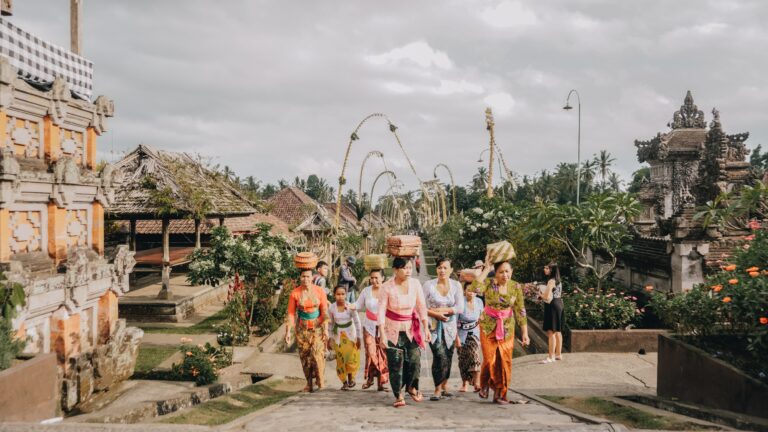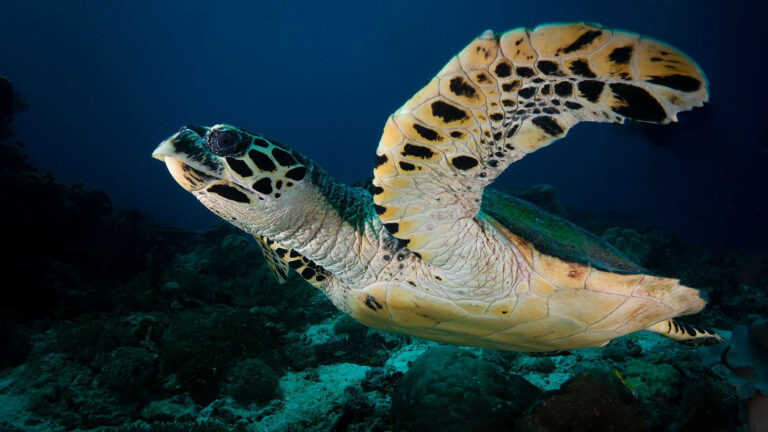Indonesia is a vast archipelago nation in Southeast Asia, made up of more than 17,000 islands, with a population of over 280 million people. The country is known for its diverse cultures, landscapes, and wildlife, from the crowded cities of Jakarta and Surabaya to the ancient temples of Borobudur and Prambanan, and the tropical rainforests of Kalimantan and Sumatra. Despite its size and diversity, Indonesia is united by its national motto, “Bhinneka Tunggal Ika”, which means “Unity in Diversity.”
Religions and Empires in Indonesia
Indonesia’s strategic position in South-East Asia played a significant role in the growth of the Srivijaya naval kingdom, based in Sumatra, in the 7th century AD. The kingdom controlled the passages between China and India. With traders flocking to Indonesia, the expansion of new religions began. Buddhism was the first religion that spread in Indonesia until the 12th century, coexisting with Hinduism. Borobudur, the largest Buddhist temple globally, is only 35 km away from the massive Hindu temple, Prambanan.
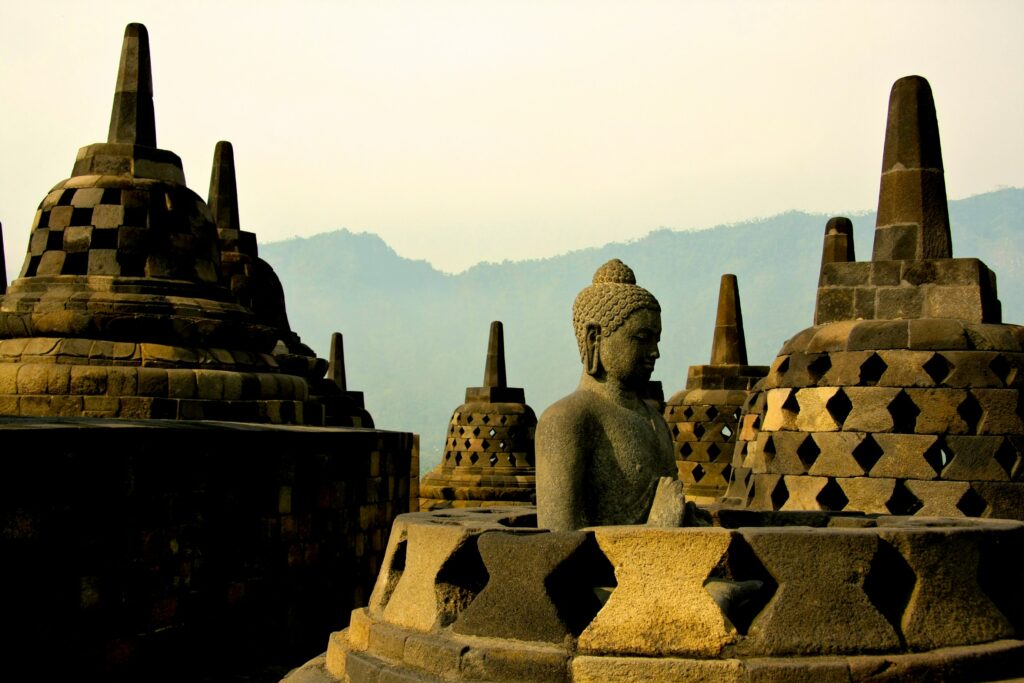
However, today, only 3% of the Indonesian population is both Hindu and Buddhist. Islam started spreading around the country in the 9th century with traders and religious figures. The Javanese kingdom Majapahit was the last great pre-Islamic power controlling most of today’s Indonesia, together with a part of mainland Malaysia.
The kingdom disappeared in the 16th century when European colonists arrived. The colonisers, first the Portuguese, and then the Dutch, were mainly responsible for the 10% of Christians, Catholics, and Protestants living in Indonesia today. Nevertheless, Indonesia is now the most populous Muslim country globally, with 87% of the population following Islam.
Indonesia’s Complex History and Diversity
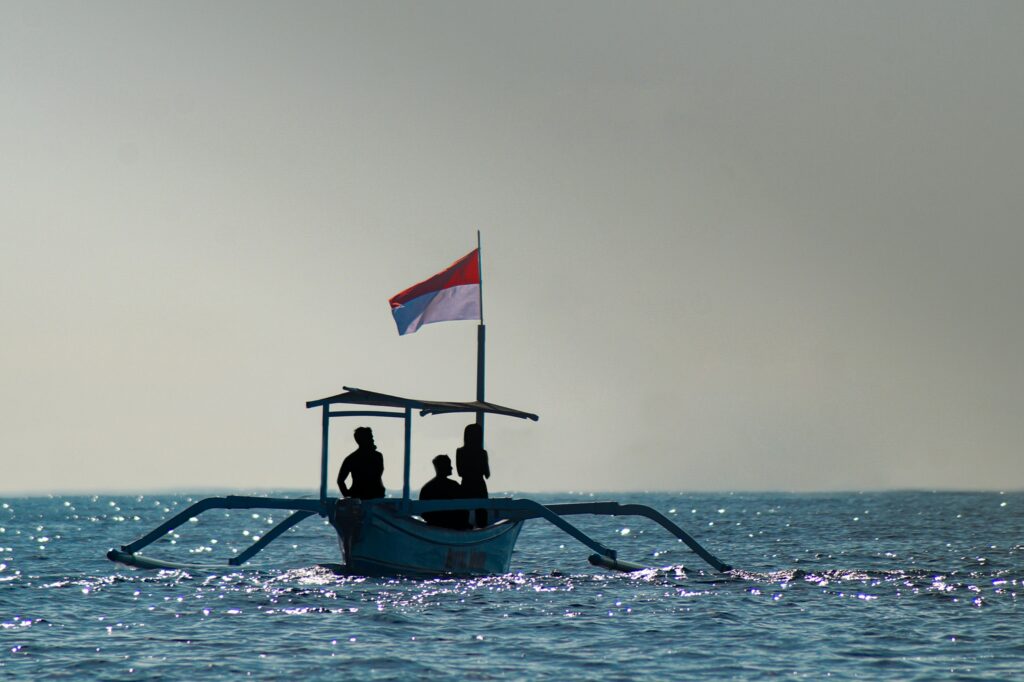
Indonesia, the world’s largest island country, has a rich and complex history shaped by its interactions with foreign powers and internal struggles for power. The archipelago nation has a population of over 280 million people spread across 17,000 islands, making it the fourth most populated country in the world.
The name “Indonesia” comes from an English ethnologist named George Windsor Earl, who called the region “Indu-nesian.” The Europeans called the region the East Indies because of its position, while the locals referred to it as Nusantara, meaning the archipelago. The Dutch East India Company ruled over Indonesia for many years, but this was not without rebellions.
However, during World War II, the Japanese conquered all Southeast Asia, except for Thailand. Indonesia fell under Japanese rule. But after Japan’s capitulation in 1945, nationalist leader Soekarno became the first president of Indonesia and served until 1967. Indonesia then shifted slowly to socialism, and in 1965, a coup attempt that killed 1 million communists occurred. Thus, in 1967, the army officer Suharto took power with the party “the new order” and led Indonesia as an authoritarian regime until 1998.
Nowadays, Indonesia is home to over 1,300 ethnic groups, with Javanese being the largest at 42%, followed by Sundanese at 15%. The country’s history is a reflection of its diverse population, as well as its interactions with foreign powers. Which is celebrated by the country’s motto “Unity in Diversity”.
A Unique Transcontinental Nation
Indonesia is a transcontinental country located between the Pacific and Indian Oceans, making it a unique intersection of Asia and Oceania. The country shares a 3,100-kilometre border, with 2,000 kilometres with Malaysia, 820 kilometres with Papua New Guinea, and 268 kilometres with East Timor. It is also home to the two largest islands in the world, New Guinea and Borneo.
Java, the most populated island in Indonesia, is home to 56% of the country’s population, with a land area of 124,000 square kilometres. It has one of the highest population densities in the world, with 1,171 people per square kilometre. The metropolitan area of the capital city, Jakarta, is populated by 34 million people.
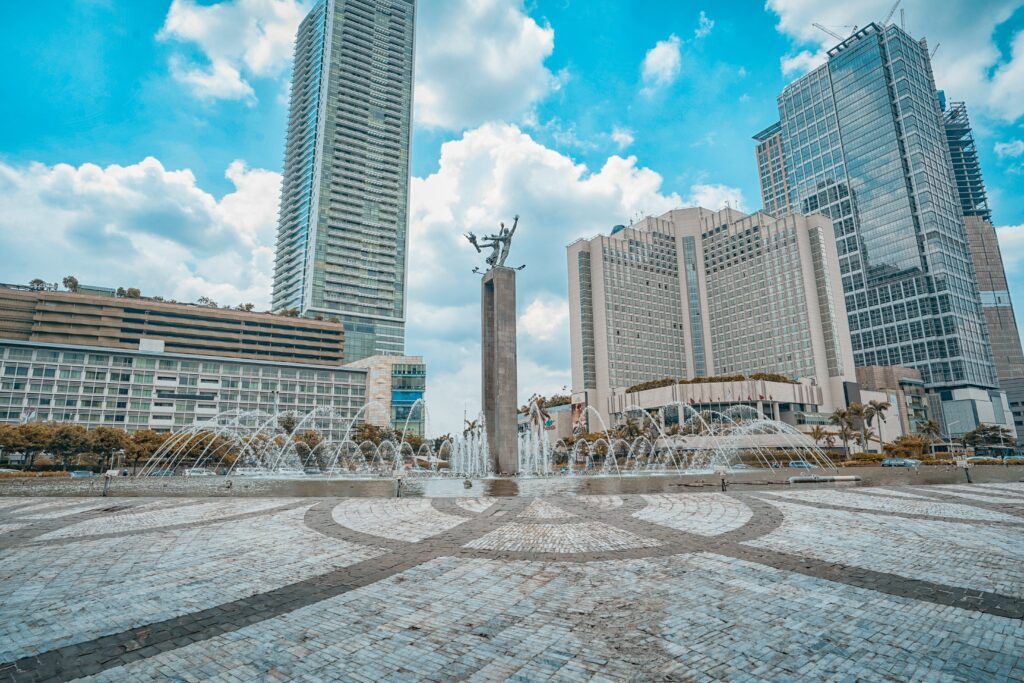
However, victim of overpopulation and chaotic urbanisation, Jakarta is sinking inexorably. To address this, the country is building a new capital, Nusantara, meaning the archipelago, on the eastern shore of Borneo, at a cost of $32 billion.
Due to Indonesia’s size and fertile climate, it has one of the highest levels of biodiversity in the world, with more species of mammals than any other country at 515. The country is home to unique animals such as orangutans and the Komodo dragon. Indonesia is a country with unique geography. It is also home to the highest peak of any island, Pucak Jaya, located in the far east of New Guinea at 4,884 metres.
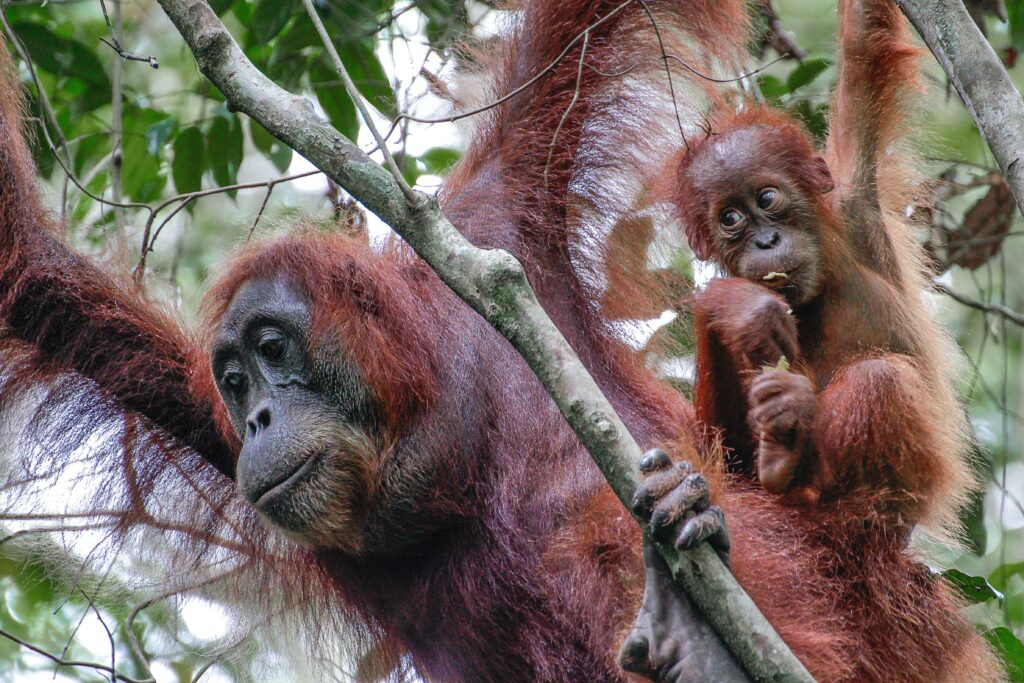
Despite its challenges, such as congestion and sinking cities, the country is continually evolving and adapting to address these issues. Its biodiversity and unique fauna are also something to be proud of and celebrated.
The Volcanic Vulnerability of Indonesia
Indonesia has a unique relationship with its volcanoes. While they have contributed to the country’s fertile land and ability to sustain a large population by spreading minerals from volcanic ash across the land, they also represent a significant danger.
Indonesia is located on the “Ring of Fire,” an area in the Pacific Ocean where 90% of earthquakes occur and 75% of all active volcanoes are located. The country is home to 147 volcanoes, 76 of which are active. This number alone illustrates the potential danger that Indonesians face on a daily basis.
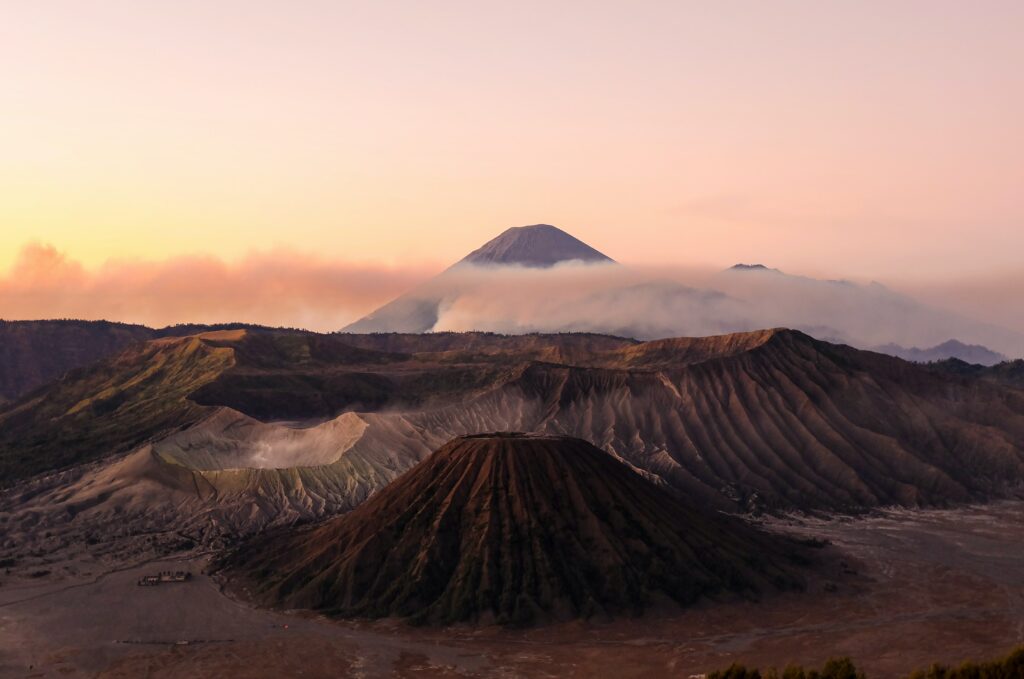
Indonesia finds itself in a precarious position as it is located on the cross-section of several tectonic plates, including the Australian and Eurasian continental plates, as well as the Pacific and Philippine Sea plates. The subduction of the Indian plate beneath the Eurasian plate is what creates the volcanic arc stretching across Sumatra, Java, Bali, and other smaller islands.
Since 2000, Indonesia has experienced 18 earthquakes with a magnitude of 7.5 or greater on the Richter scale. One of the most devastating earthquakes in modern history, with a magnitude of 9.1, occurred off the coast of Sumatra in 2004, causing a massive tsunami that claimed the lives of over 230,000 people.
While the volcanoes in Indonesia have brought a great deal of fertility to the land, they have also made it one of the most volatile regions in the world. Indonesians must learn to live with the potential dangers and continue to prepare for future disasters.

